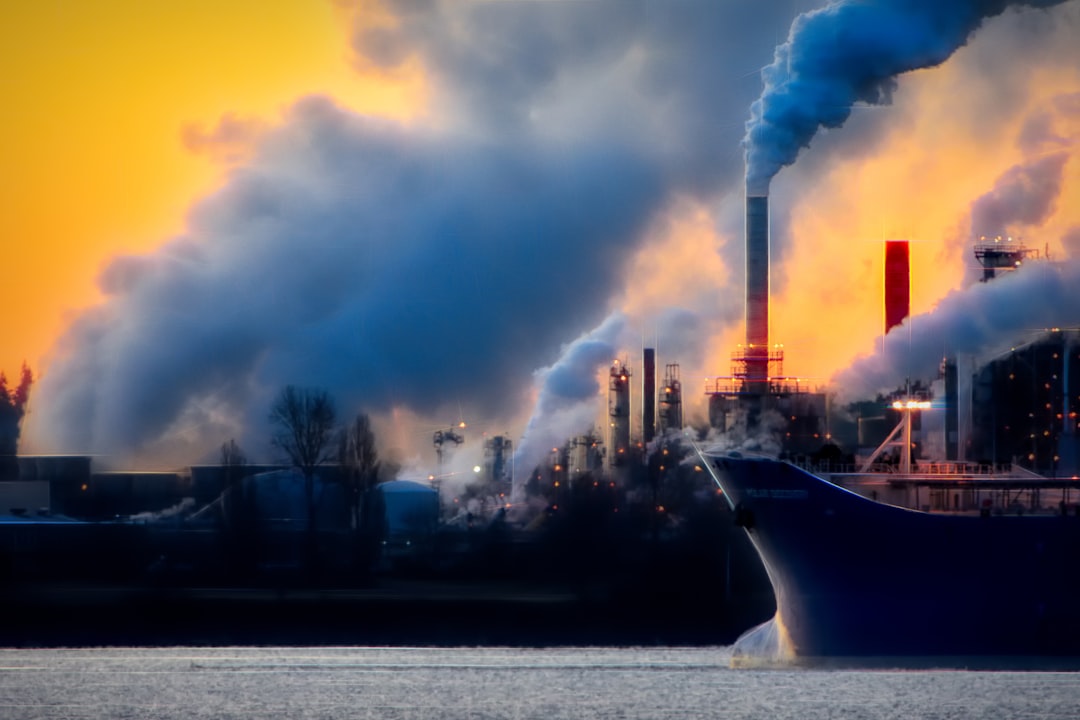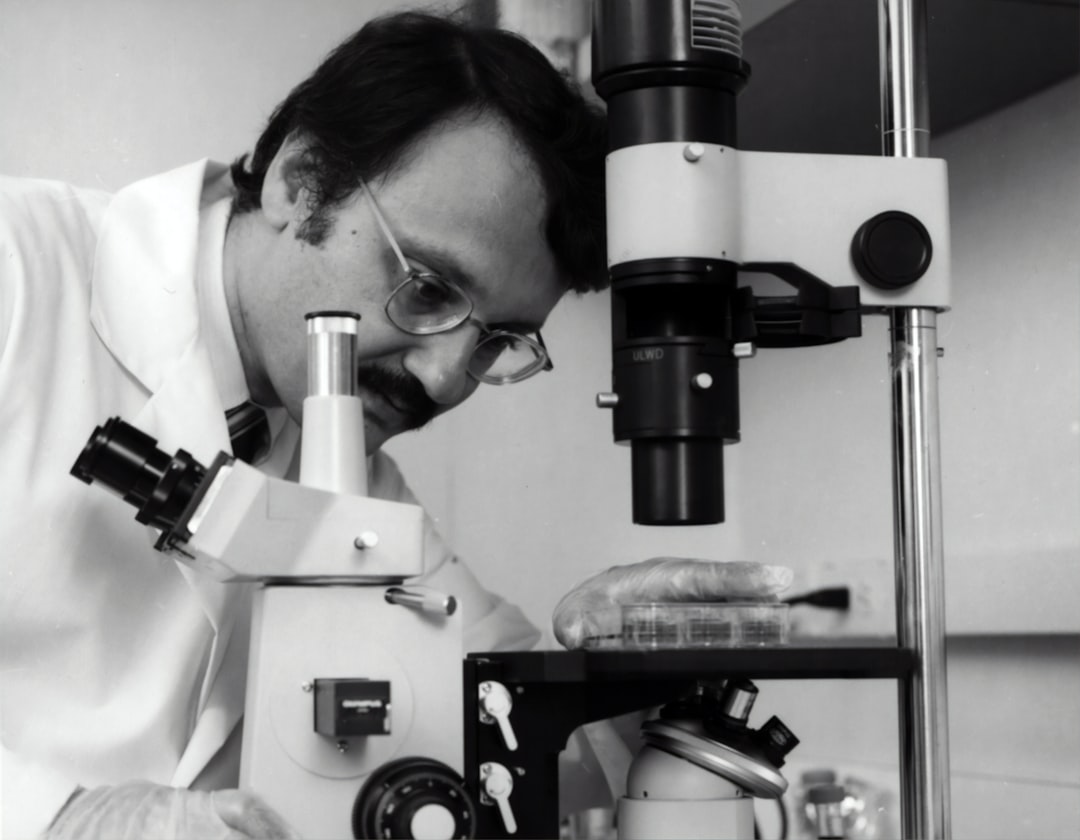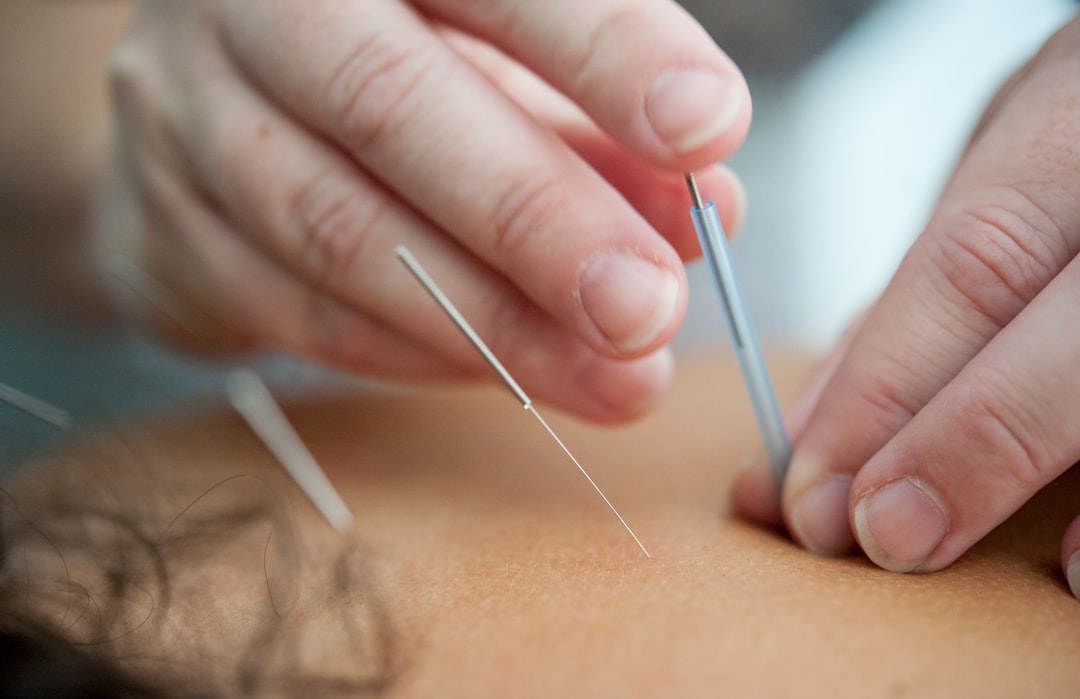What is it about?
This research article describes the process of optimizing growth conditions of G. pectorale. The researchers experimented with different culture conditions and nutrient sources to find out which method works best for the algae's growth and composition. They also studied the energy content of the algae, and its potential for treatment of high organic load wastewater. This study provides valuable insights for those interested in algae growth and biomass production.
Featured Image

Photo by Garvit on Unsplash
Why is it important?
This research provides original results on the growth optimization of an emerging microalgae species with potential for the treatment of high organic load wastewater and bioenergy production. The comparison of biomass productivity, the CO2 fixation rate, and energy content under different culture conditions provides valuable insights into the cultivation of G. pectorale. The use of ANN-based regression modeling for the prediction of activation energy at different heating rates is a novel approach that adds to the knowledge in the field. These findings could contribute to the development of effective strategies for the growth and utilization of microalgae in bioenergy production and wastewater treatment. These unique aspects of the research may attract readers interested in sustainable biotechnology and bioenergy production, and the potential of algae for wastewater treatment.
Read the Original
This page is a summary of: Assessment of CO2 biofixation and bioenergy potential of microalga Gonium pectorale through its biomass pyrolysis, and elucidation of pyrolysis reaction via kinetics modeling and artificial neural network, Frontiers in Bioengineering and Biotechnology, August 2022, Frontiers,
DOI: 10.3389/fbioe.2022.925391.
You can read the full text:
Contributors
The following have contributed to this page










